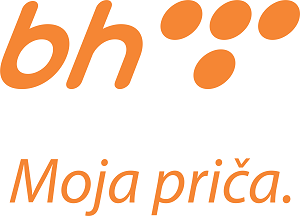Approaches to learning have crucial importance in the IB Middle Years Programme. They help students discover how to learn, but also recognize that true learning is more than simply acquiring knowledge. It is also about developing learning skills and effective studying techniques, and applying the acquired knowledge both individually and as a part of a team. Within approaches to learning students learn how to improve their communication, social, self-management, research and thinking skills. Within approaches to learning, students are guided by the following questions:
- What are my present skills in this area and what evidence do I have of my development?
- What skills can I improve?
- What new skills can I learn?
The aim of approaches to learning is acquiring skills that will help us to be life-long learners and to acquire new knowledge efficiently, whether we do it individually or in collaboration with others. Quite frequently we forget what we learned at school, but what remains with us are skills incorporated in the approaches to learning which enable us to look for and acquire knowledge with more efficiency. There are five AtL categories further divided into ten sets of those skills, as shown in the following diagram:
Community and service
Community and Service is about raising students’ awareness about problems that occur in different types of communities: family, school, city, country and world. It provides students with an opportunity to explore these communities, find their place in them, and make an impact. Three central elements of C&S are presented in the diagram below: Community and service provides us with answers to the following questions::
Community and service provides us with answers to the following questions::
- How do we live in relation to each other?
- How can I contribute to the community?
- How can I help others?
What constitutes community service?
- Helping other students through tutoring.
- Managing school sports teams, dance or folklore groups.
- Contributing to student committees and organizations (e.g. student council, school newspaper, etc.).
- Supporting and developing links between the school and international organizations such as Red Cross/Crescent.
- Helping to host or clean up after school activities (e.g. technical support for performances).
- Volunteering in a nursery or an elementary school.
- Making regular visits and providing services to senior citizens living alone.
- Supporting and developing links with local groups such as orphanages and senior citizens’ centres.
- Volunteer services for a youth, scout group, NGOs fighting against any form of discrimination.
- Working with disabled people.
- Cleaning up the rivers and other areas in and around the city.
- Any activities aimed at environment protection.
- Collecting non-perishable food, money and supplies for people in need and victims of fires, floods, or other disasters.
- Any other activities aimed at improving the living conditions in a community.
What does not constitute community service?
- Any activities (including school activities) in which you receive tangible benefit (grade or credit towards a grade, or reward such as money).
- Helping a relative or friend with chores or homework is not community service.
- Participating in a religious activity the purpose of which is to promote religion.
- Participating in any activity organized by a political party the purpose of which is to promote that party.
- Playing in a band for formal presentation at school, taking part in a school play (unless it is performed at nursing home or the like).
- Practice time for musical presentations or school plays.



